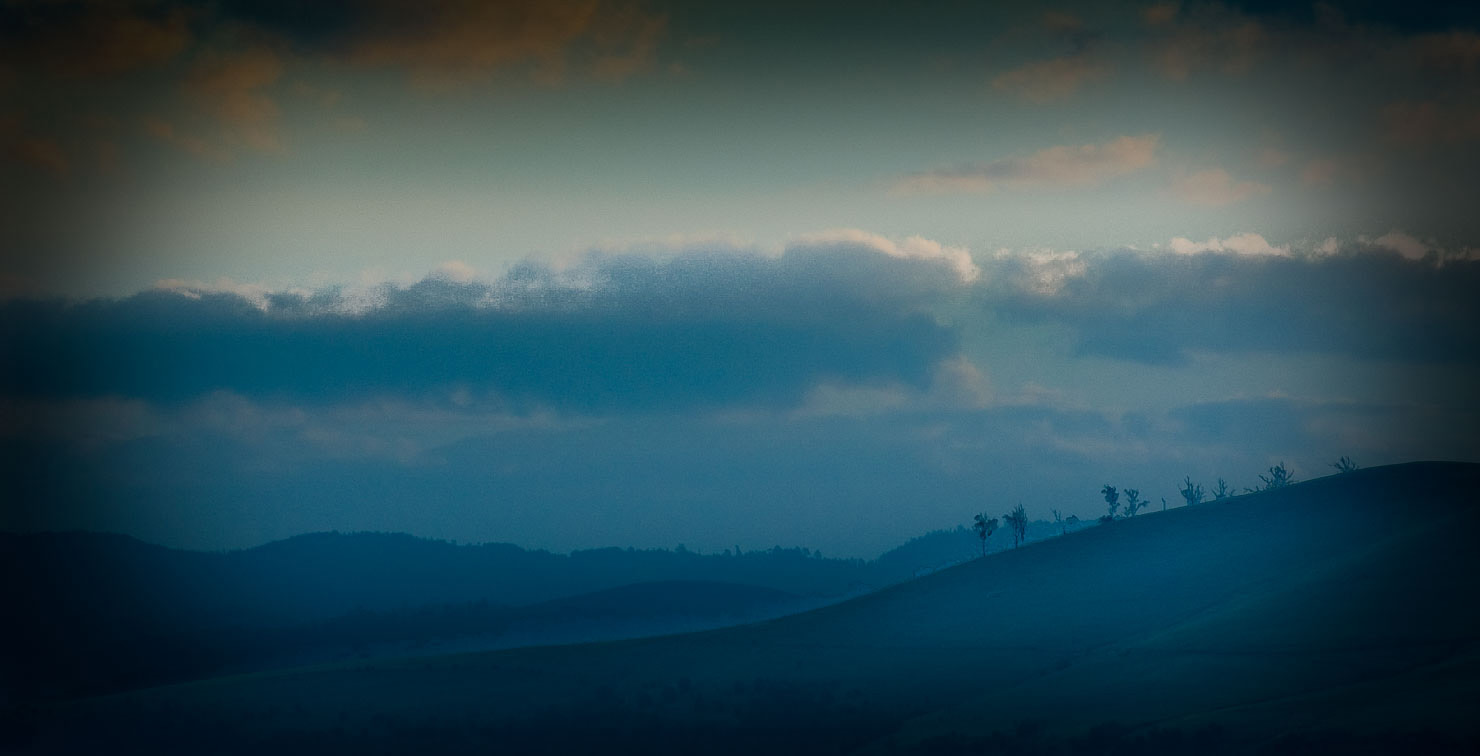Photography has a mixed history regarding trust. On one hand, it’s used as evidence in court; on the other, people often assume every image is “Photoshopped.” The media has long upheld standards to ensure trust in photojournalism, yet it is frequently accused of spreading fake news.
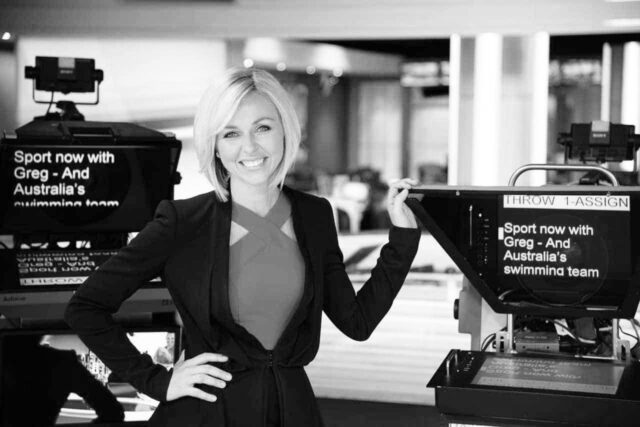
Professional photographers, like any business, depend on clients’ trust. Clients need to trust that the images they see on a photographer’s website are genuinely theirs and representative of their work. They also need to trust that the photographer meets the minimum business requirements: experience, insurance, taxes, equipment, and reliability.
When photography first surpassed painting and drawing as a record of events, it was seen as unbiased. Photography was considered a scientific medium, not subject to the whims of a brushstroke. However, photography has always been a subjective medium, with choices about what to include in an image, the angle, lens choice, and lighting — all of which can be manipulated to enhance a particular point of view.
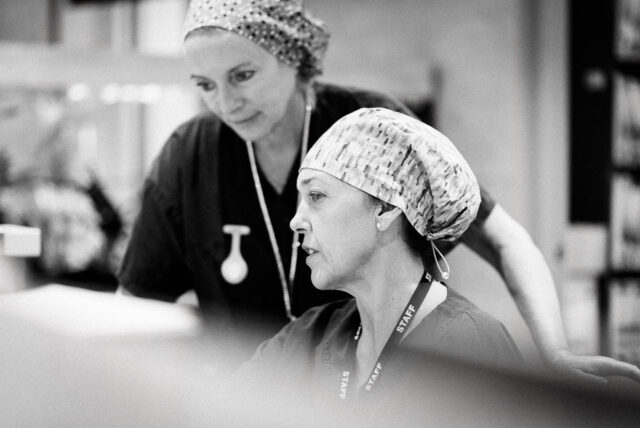
Then there is post-production. Since the days of darkrooms, photographers have manipulated images through cropping, darkening, combining photos, blurring, and changing tone, contrast and colour. These changes can enhance an artistic view, and I’ve seen them used in newsrooms since the early 1980s. To be clear, it was never to change the context of the news article but to enhance its appeal and storytelling. Celebrated documentary photographer W. Eugene Smith is well known for manipulating prints, such as “Spanish Wake,” in the darkroom. Yet today, if a news photographer makes even modest adjustments, they can be called out. Ethics are studied in journalism, but I’m not sure you can actually teach it.
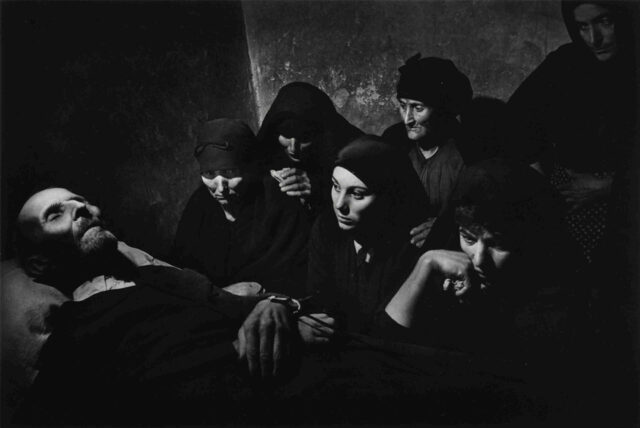
AI is the latest threat to the profession, promising to replace photographers and undermine trust in the medium. AI has already affected photography, mostly in a good way, depending on how it’s embraced.
All this impacts the reputation of the photographer and their morals, both in photography and business. Many colleagues who came to the profession as creatives first did so to make the world better. Unfortunately, like any business, there are some dubious characters. I’ve seen a few photographers use other people’s work to get jobs, rely on assistants to do jobs because they were not technically capable, and swear at clients in public. More than once, I’ve been contacted because a photographer didn’t show up. Thankfully, these people are few and far between in photography, and the market eventually exposes them.
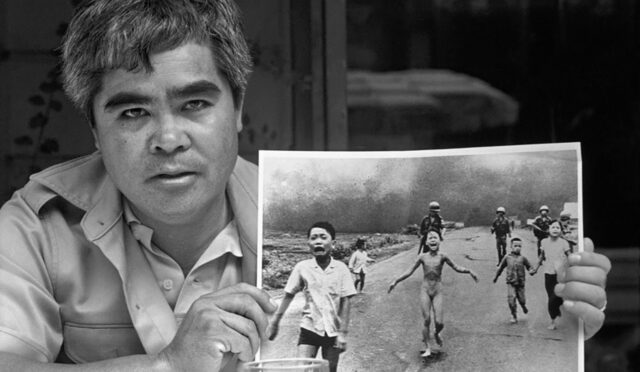
Photography is still celebrated as truth-telling in news, helping end wars. Nick Ut’s photo of Kim Phúc, “Napalm Girl,” changed the public opinion of the Vietnam War. Those who have enjoyed long careers are reputed for their skills both in photography and business. Trust is earned and is just as important in professional photography today, perhaps more so.
